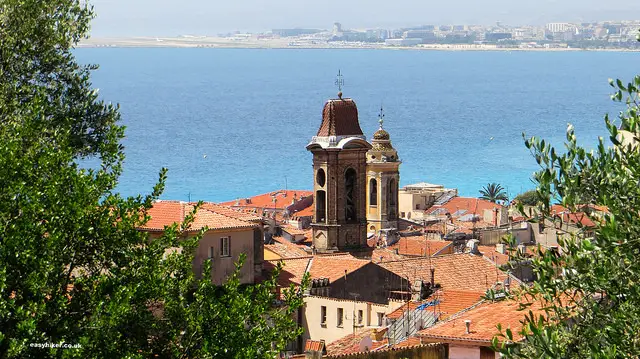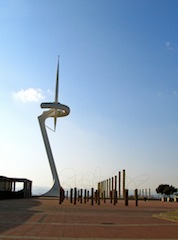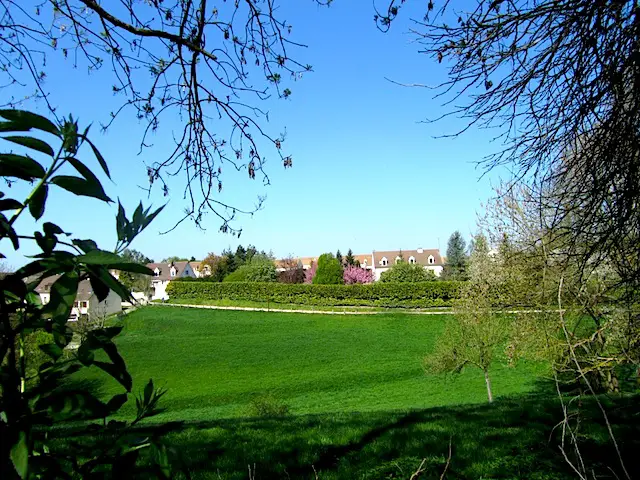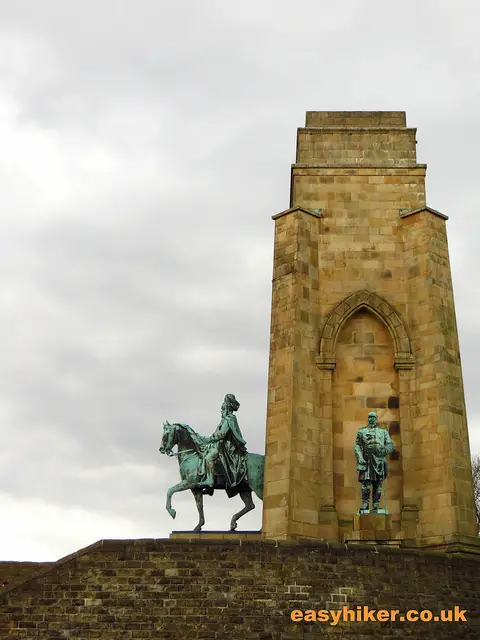Knights, peasants and mendicant friars who, 1000 years ago, journeyed throughout Europe in search of a direct encounter with God have written one of the most fascinating chapters of medieval history.
The age of pilgrimages can be separated into three distinct periods: the earliest pilgrims sought out the shrines of saints in the hope that being in the same room or building with the earthly remains of a Holy Person (sometimes an arm, a leg or even a collection of knucklebones would do) might bring about a miraculous cure for an ailment.
In the millennial craze of the 11th century, which also inspired the First Crusade, the focus then shifted to the afterlife: most pilgrimages during this period were undertaken to obtain indulgences and a remission of sins.
Finally, pilgrimages in the late Middle Ages increasingly began to foreshadow the excesses and eccentricities of modern tourism.
A holiday and a pilgrimage to the Sacro Monte of Orta
The Sacred Mountains or Sacri Monti, the religious theme parks of Northern Italy, firmly belong to this late period. There are no sacred bones buried anywhere on their premises, and no fierce Saracen is lurking behind the bushes with an intent to attack Christendom.
What the Sacred Mountains provide instead is a form of religious theatre in beautiful natural settings, something for the soul AND something for the eye. They are, after all, an Italian invention.

Altogether nine Sacri Monti with scenic arrangements of religious sculptures were created from the 15th century onwards across Northern Italy.
In comparison with Domodossola and Varese, the other two Sacred Mountains that we have so far visited, the Sacro Monte of Orta is a relatively small site where the individual chapels are rarely more than a hundred meters and occasionally only a few steps away from one another.
This creates an intense and intimate atmosphere which provides a perfect setting for chambre piece theatre rather than the grand opera of Varese.

Uniquely for the Sacri Monti, the scenic arrangements in the chapels at Orta are not illustrating episodes from the Bible but events from the life of St Francis.
While even in this day and age most people will still be familiar with at least some details from the Passion of Christ, many will inevitably struggle with the flow of Orta’s narrative.
Some scenes have a vaguely familiar ring: you may have seen paintings that depict the moment when St Francis is receiving his stigmata …

… but you will probably need the help of the information panels to identify the saint’s meeting with the Sultan of Egypt – or his quest for indulgence at the Porziuncola church.
Pious pilgrims stand to learn a lot in Orta – not least that it pays off to follow the saint’s guidance: it is his hand that directs the visitors from one scenic arrangement to the next.

Above all, however, Orta is the Sacro Monte with the widest range of artistic styles. This is the direct consequence of its chequered architectural history: the oldest chapel dates from the 1590s, the last one was only completed in 1760, a time span that takes us from the late Renaissance to a period when its successor, the Baroque, was already old hat.
While most of the earlier scenes are still conceived in the grand classical manner, with clear outlines and transparent dramatic structures, …

… the narrative elsewhere appears to drown in a whirl of action and detail: theatre in the age of the Rococo.

But you will also find more austere arrangements, which convey the rough charm of a community theatre performance in a small Italian country town.

Paintings are used for great effect in nearly all the chapels, sometimes on the walls of the chapels’ entrance halls …

… but frequently also as part of the scenic arrangements themselves. This is skillfully done, and the borders between the three-dimensional statues and the trompe l’oeil paintings often appear to blur.

The buildings, too, betray the long gestation period of Orta’s Sacred Mountain project. Most of the 20 chapels were constructed as sober Palladian rotundas, but you will also come across more playful designs.

The most recent addition is a building that was never completed. When the army of the French Republic under Napoleon Bonaparte occupied the region in the late 18th century, the Parisian government ordered the closure of all convents. Orta’s Franciscan monks, too, had to leave their homes, having managed, extended and restored the Sacro Monte as part of their daily routines for centuries.
Their plans for a two-storey showpiece in the compound was therefore never fully realized, a victim in the battle between modernity and a medieval world order.

Despite all of these peculiarities, however, there is also something that Orta’s Sacro Monte has in common with all the others: it, too, has been embedded in nature to create spectacular effects.
From the top of the San Nicolao hill, you will get grand views across the island of San Giulio to Pella on the western shore of the lake.

Orta’s twenty chapels are cramped into a compact site, which makes for a relatively short walk, but the way from Orta town to the Sacro Monte makes up for that in more ways than one.
Firstly, it goes all the way up – gently, most of the time, but still steeply enough to quicken your pulse …

… and it is scenic in itself, featuring many surprises and photo opportunities.

With its short distances and convenient location, Orta is an ideal introduction into the world of the Sacri Monti and a relatively pain-free way of familiarizing yourself with its styles and narrative patterns.
If you do not like Orta’s rendition of the Sacro Monte motives, you will probably not like the others either, but – since there are other things to do and to see in Orta, while most of the other sites are fairly remote – you will not have lost more than a modest time investment.
And if you are intrigued or even fascinated by the strange world of the Sacri Monti, you will be pleased to hear that there are even greater treasures waiting for you elsewhere.








